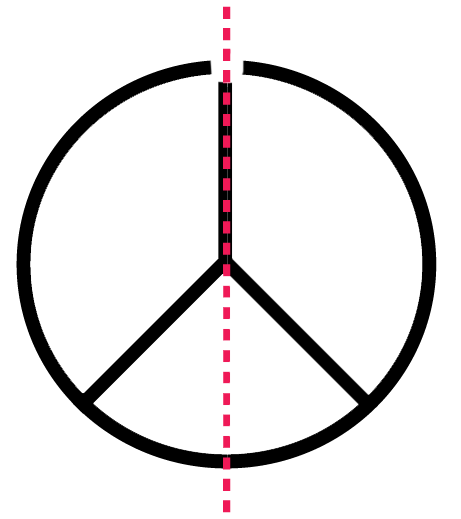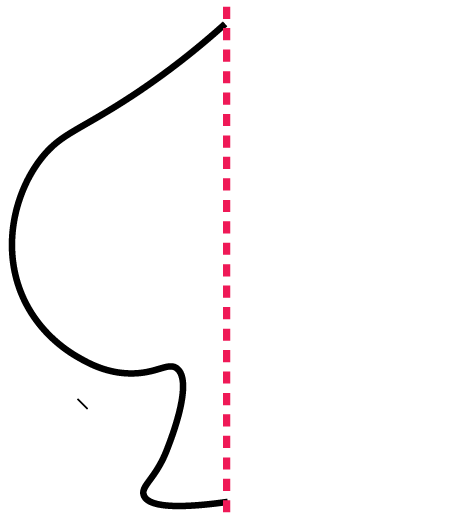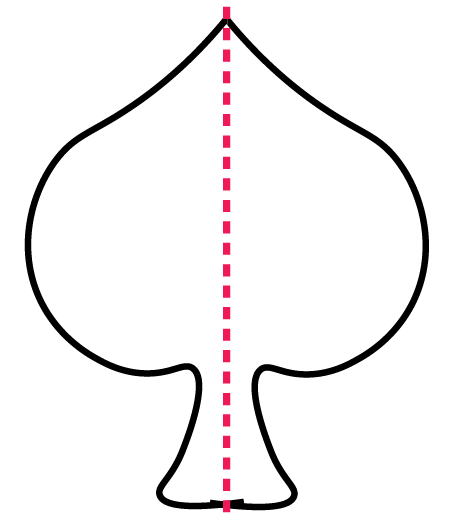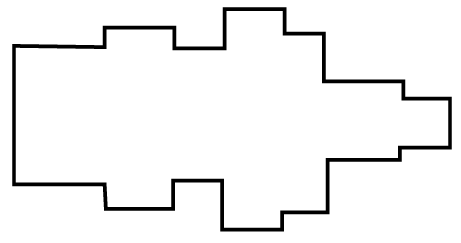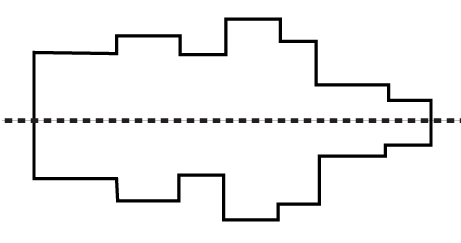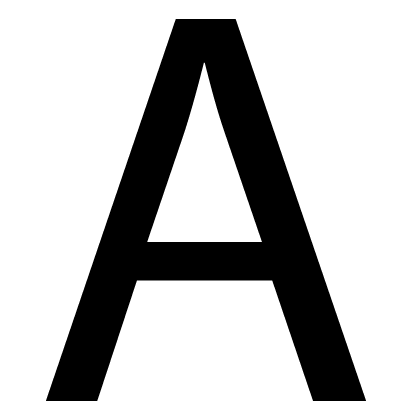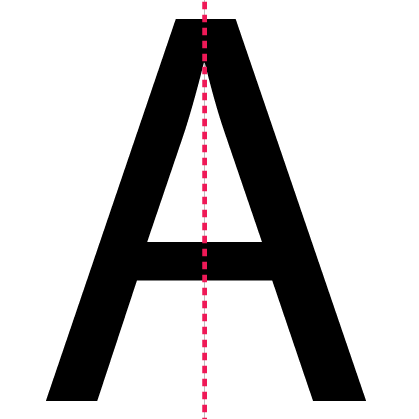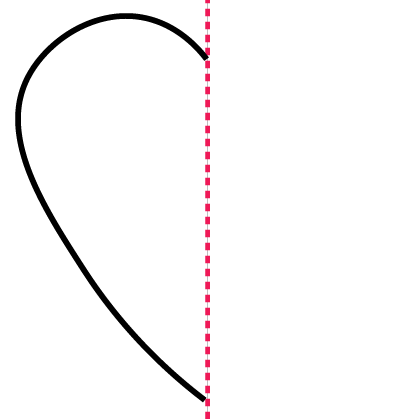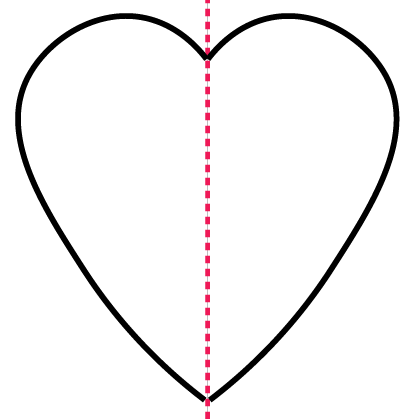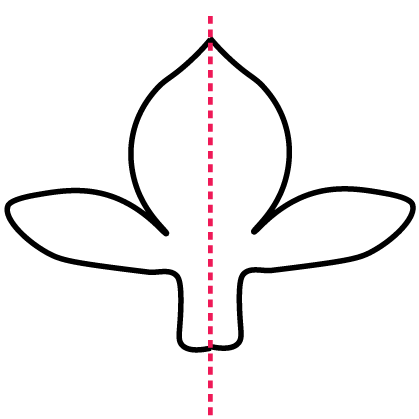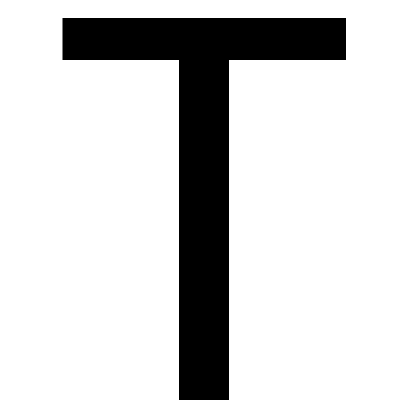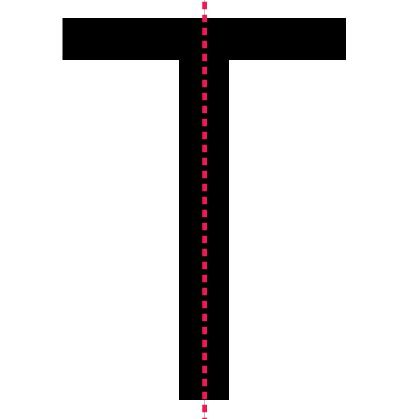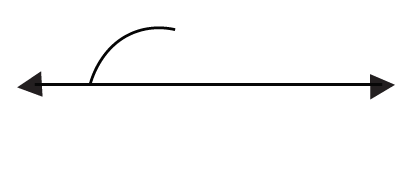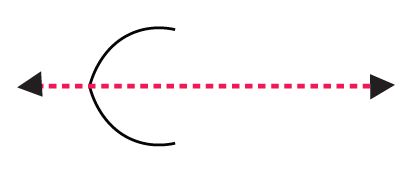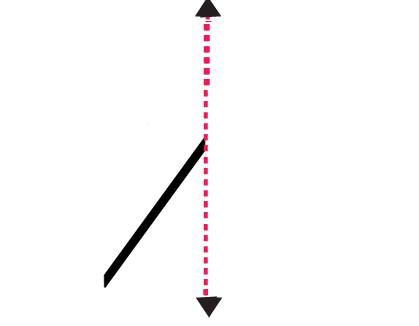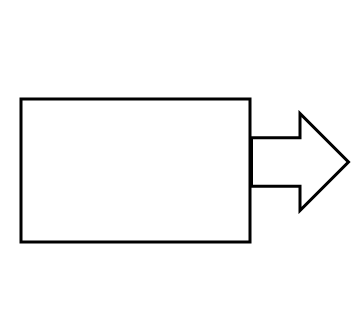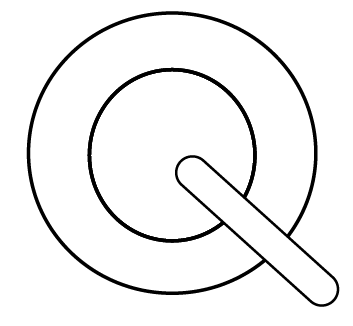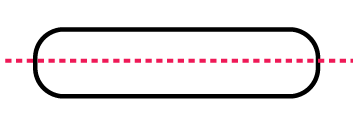Symmetry Class 7 important questions with answers PDF download
FAQs on CBSE Important Questions for Class 7 Maths Symmetry - 2025-26
1. What are the most important topics within the Symmetry chapter for the CBSE Class 7 Maths exam 2025-26?
For the 2025-26 session, the most crucial topics in Symmetry are:
- Lines of symmetry for regular and irregular polygons.
- Identifying the centre of rotation.
- Determining the order of rotational symmetry for various shapes.
- Differentiating between linear and rotational symmetry with examples.
2. How much weightage does Chapter 12, Symmetry, typically carry in the Class 7 final exam?
While the exact marks can vary based on the school's paper pattern, the chapter on Symmetry is an important part of the Geometry unit. You can typically expect questions worth 3 to 5 marks from this chapter. This often includes a mix of short-answer questions (1-2 marks) and a slightly more detailed question (2-3 marks) involving drawing or identifying symmetrical properties.
3. What types of Higher-Order Thinking Skills (HOTS) questions are important from the Symmetry chapter?
HOTS questions from Symmetry often move beyond simple identification and test your analytical skills. Expect important questions that ask you to:
- Create or draw shapes that fulfil specific conditions, such as having a certain number of lines of symmetry and a particular order of rotational symmetry.
- Analyse complex or composite figures to find all symmetrical properties.
- Relate symmetry to real-life objects, like company logos or architectural designs, and explain their symmetrical features.
4. What kind of Multiple Choice Questions (MCQs) can be expected from Class 7 Maths Chapter 12?
MCQs from the Symmetry chapter usually test your quick identification skills. Some expected question types include:
- Identifying the number of lines of symmetry for a given letter of the alphabet (e.g., H, S, O).
- Determining the order of rotational symmetry for a standard shape like a square, rectangle, or an equilateral triangle.
- Choosing which of the given figures possesses both line and rotational symmetry.
5. What is the key difference between line symmetry and rotational symmetry for exam questions?
The key difference lies in the transformation involved. Line symmetry, also known as reflectional symmetry, is when a figure can be folded along a line so that the two halves match exactly. Rotational symmetry is when a figure appears identical after being rotated by less than a full 360-degree turn around a central point. For exams, it's important to know that questions on line symmetry often require you to draw the lines, while questions on rotational symmetry ask for the angle and order of rotation.
6. How is the concept of symmetry applied in real life, and can important questions be based on this?
Yes, exam questions can definitely be based on real-life applications of symmetry, as it helps test conceptual understanding. The concept is found everywhere:
- Nature: Starfish, snowflakes, and flowers exhibit symmetry.
- Art and Architecture: The Taj Mahal is a perfect example of line symmetry.
- Logos: The logos of brands like Audi or Mercedes-Benz use rotational symmetry.
7. What is a common mistake students make when finding the order of rotational symmetry?
A very common mistake is confusing the number of rotations with the final order. The order of rotational symmetry is the number of times a figure fits perfectly onto itself during one full 360-degree rotation. For example, a square fits onto itself 4 times (at 90°, 180°, 270°, and 360°). Its order is 4. Some students mistakenly state the order as 3, not counting all positions correctly or misunderstanding the definition.
8. Why is it crucial to draw neat, labelled diagrams for questions on symmetry to score full marks?
In geometry, especially in the Symmetry chapter, diagrams are a critical part of the solution. To score full marks, examiners look for:
- Clarity: Neatly drawn lines of symmetry (often represented with dotted lines).
- Accuracy: The centre of rotation must be marked correctly.
- Precision: Shapes must be drawn accurately to reflect the properties mentioned in the question.
9. Can a figure have rotational symmetry but no line of symmetry?
Yes, and this is an important concept for exams. A figure can have rotational symmetry without having any lines of symmetry at all. A classic example is a parallelogram, which has rotational symmetry of order 2 because it looks the same after a 180-degree rotation, but it has no lines of symmetry. Understanding this distinction is key to tackling tricky questions.
























